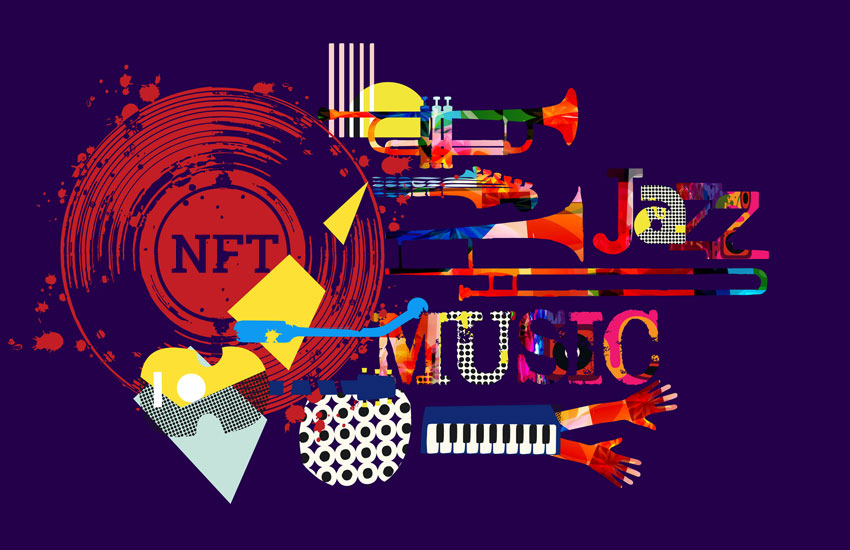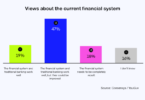In late March, ConsenSys unveiled the soon-to-launch Palm, both an NFT blockchain protocol and the Palm NFT Studio. Backed by ConsenSys, HENI Group and HeyDay Films, Palm revealed the first artist to use the offering as Damien Hirst’s The Currency Project. Meanwhile, Palm’s CEO Daniel Heyman views non-fungible tokens (NFTs) as playing a similar role to a record collection in days gone by.
Heyman spoke about how growing up, he’d show off his CD collection to his friends, and for older generations, the medium was vinyl and cassettes. “In the last 20 years, we’ve kind of replaced that ownership expression of identity with a more social media-based expression of identity,” he said. In his personal view, social media is less authentic.
“It fundamentally moved away from this ownership relationship and fans became just takers rather than feeling like active stakeholders in and alongside a creator. My view is that NFTs will be that CD collection, or record collection of the future.”
ConsenSys founder Joe Lubin is also one of Ethereum’s founders. While the decentralized finance (DeFi) movement is very centered on Ethereum, that domination is far less when it comes to NFTs. Instead, protocols including the Flow blockchain, which underpins NBA Top Shot, have grabbed serious market share. One reason is that DeFi has been so popular that gas fees on Ethereum are sky-high. And the energy hungry Proof of Work highlighted by Elon Musk is also an issue for the current version of Ethereum, even though Ethereum 2 will move to the greener Proof of Stake.
Hence, six months ago, Lubin proposed to Heyman that the enterprise blockchain technology developed by Heyman’s team at ConsenSys, including Hyperledger Besu, could address these issues. Palm will operate as a public permissioned blockchain, a sidechain on Ethereum.
“We want to make sure users and NFTs and brands all have the best possible experience within that Ethereum ecosystem,” said Heyman. “So Palm will be a low gas fee environment, will have fast transaction finality, will have high throughput. It’s got a very energy-efficient consensus mechanism and ecological footprint and that’s all important to us.”
Heyman was keen to differentiate the Palm protocol from the Palm NFT Studio. As with any blockchain protocol, people are likely to use it for all sorts of different applications. Earlier this week, it was announced that Major League Baseball (MLB) plans to launch an NFT offering through Candy Digital, which will be using the Palm protocol. Meanwhile, the Palm NFT Studio aims to support arts and entertainment.
Around the protocol, there’s a desire to create a community, artist tools and creator rewards. “We’ll be launching something called the Palm Network Creative Commons,” said Heyman, although the name has not been finalized. “It’s our equivalent of a DAO (decentralized autonomous organization) for creators with the idea to invest in the creator community. Hopefully, we’ll be able to create a robust community on top of the protocol. And that can be self reinforcing as well.”
To get off the ground, the protocol needs to integrate with other software solutions from wallets, to marketplaces and others and Palm is actively seeking these partners.
The protocol itself is likely to evolve over time. There’s a good chance that the Palm protocol could migrate from being a sidechain, which has its own consensus mechanism, to a layer 2 solution that uses the Ethereum mainnet’s consensus.
And as Ethereum itself migrates to version 2, the core protocol element of Palm may not be needed as much. After all, Ethereum 2 aims to be greener, have lower gas fees and be more scalable, many of the issues that the Palm protocol is addressing. That’s where the community aspects and ecosystem come to the fore.
Heyman talked frankly about Ethereum 2 and its multithreaded world. “I don’t think anyone clearly knows what that world is 100% going to look like just yet,” but he believes the Palm Protocol will slot in well.
The Palm CEO will be talking next week about NFTs at the virtual Hyperledger Global Forum. He’s on a panel discussing “How NFTs are changing the music and media landscape.” Heyman is joined by musician Imogen Leap, an early adopter of blockchain and founder of The Creative Passport, as well as Brendan Cooper from collectibles firm Panini.






